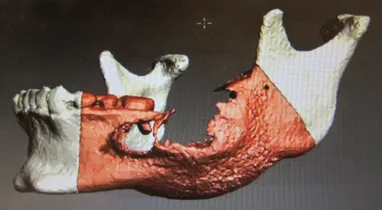
Combinations of natural or synthetic scaffold delivery platforms, bone grafting materials, and bioactive molecules such as bone morphogenetic…
Cheng, A., Krishnan, L., Tran, L., Guldberg, R.E., “Age-Related Differences in BMP-2-Mediated Bone Repair,” The 61st Annual Meeting of the Orthopaedic Research Society, Las Vegas, Nevada, March 28-31, 2015. Cheng, A, Krishnan, L, Tran, L, Pradhan, P, Williams, J, Roy, K, Guldberg, R.E., “Complications with Bone Healing,” Musculoskeletal Biology and Bioengineering Gordon Research Conference, Proctor Academy, New Hampshire, August 7-12, 2016. Cheng, A., Guldberg, R.E., “Forecasting Patient-Specific Bone Regeneration,” International Section Fracture Repair Young Investigator Competition (2nd Place), The 63rd Annual Meeting of the Orthopaedic Research Society, San Diego, CA, March 19-22, 2017

